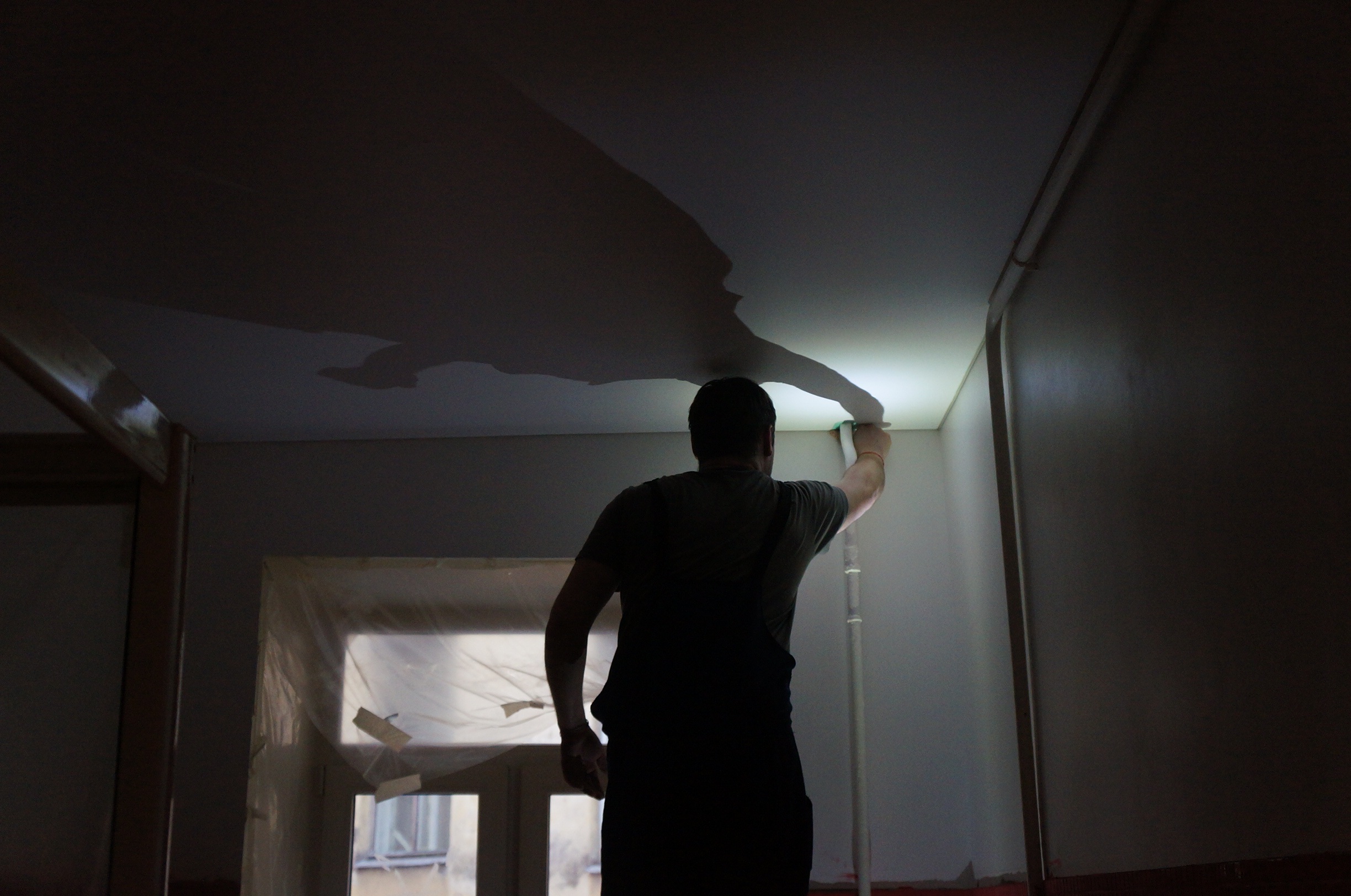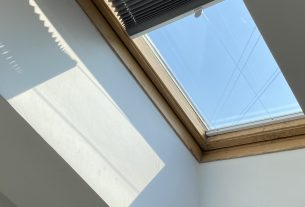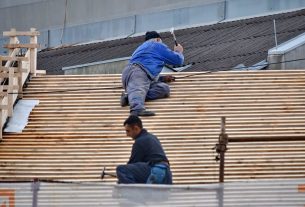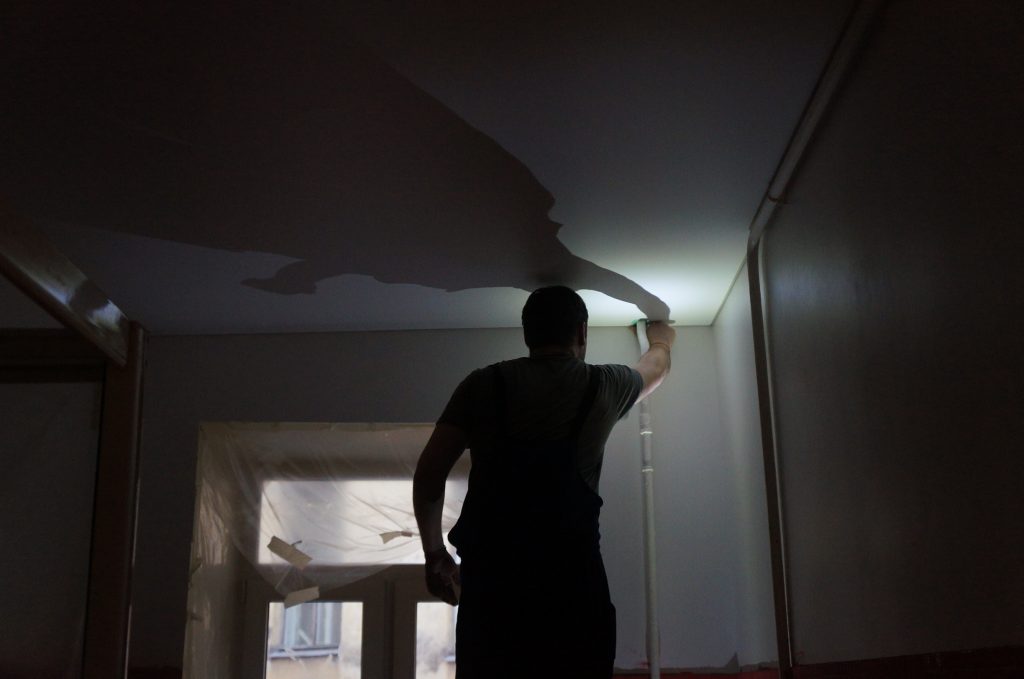
Identifying Roofing System Leaks
The most inconvenient thing about roof leaks is that the damage caused by them can linger long after repair has been made. An example of such damage includes the growth of mold in the interior surfaces of the home. Hence, it is important to find the cause of the leak swiftly so that you can take appropriate measures before it is too late.
Signs of water damage and dripping water from the ceiling can be caused by several factors. Roofing system leaks, however, present very specific symptoms:
- Since plumbing pipes and fixtures rarely run through an attic, any sign of water damage of dripping water directly below an attic space or directly below the roof surface itself is caused by a roof problem. It can be due to a hole in the roof or due to damage to the shingles.
- The ceiling leaks during or after a rainfall. Even if it doesn’t leak immediately after a rain, any leaking that occurs shortly after indicates that the problem comes from the roof.
- If the active water dripping is brown or dirty, it most probably comes from the roof. Water making its way into your home is picking up the dirt and dust deposited on your roof.
- During the winter season, if you see ice buildup along the eaves of your home at the same time as water damage in your ceiling, you can be sure that there is a problem with the ceiling. Ice dams are causing ice and water to back up under the shingles and down onto the ceiling. Generally, the ceiling damage and leaks will be focused near the edges of a room.
- If the insulation in the attic is damp and soggy, you can be certain that there is a problem with your roofing system. You can walk around the attic to see if there is an area of insulation that show signs of wetness. However, do not make the mistake of thinking that the damage in the roof is directly above that specific part of the attic. The problem with roof leaks is that water can travel quite some distance before seeping through the insulation. Instead, pull back the damp insulation and examine the drywall or plaster lathe beneath to find out where the water is entering.
Locating the Source of a Roof Leak
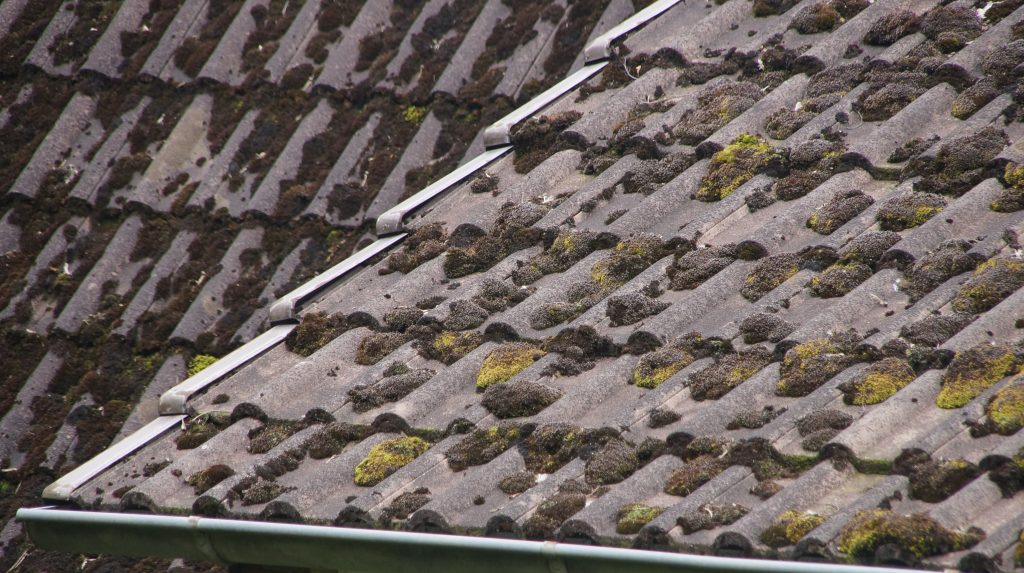
Determining the source of the roof leak can be quite challenging and frustrating for homeowners trying to repair the roof. Considering that:
i. roof leaks are caused by several factors,
ii. roof leaks may not be the direct result of one specific problem in the roofing system, and
iii. the source on the outside of the home rarely matches the location of the leak on the inside of the home
it is difficult to outline a specific way of locating the source of the problem. Locating the source of a roof leak is not an exact science. Instead, you will have to proceed through the process of elimination.
We will outline below a few steps you can follow to determine where the roof has been damaged. However, if it is too complicated, do not attempt it. Instead, hire professionals in ceiling repair to ensure that the ceiling is mended appropriately.
- Locate the leak on the inside of the home and ensure that it’s a fault in the roofing system that’s causing the leak.
- Use components that extend through the ceiling to the roof as references to measure the location of the leak on the ceiling.
- From the attic, identify the location of the source of the leak on the underside of the roof deck. The measurement you took in the previous step will be of help here.
- Measure the location of the point of entry of water. You should do the same thing you did in step 2 – measure from 2 fixed points.
- Using the measurements taken from the attic space, identify the location of the leak on the roof surface.
When Is the Best Time for Investigating a Roof Leak?
The best time to investigate a roof leak is when you can see the leak as it occurs. Instead of trying to trace the leak back to its original source by looking at its remnants, trace or stain that is left on the ceiling, you can follow the water. With an active leak, it is easier to visually trace back the leak to its original source. It’s true that stains left by the water flow can help you locate the source, but it will not reveal the entire story behind the roof leak.
You will get an active leak during a rain or snow event, and, although inconvenient, is typically the best way to get a holistic understanding of the problem. If you are looking for a safer option, you can simulate the whole thing. Use a garden hose to water the suspected area. As water accumulates, a leak will occur on the inside of the home.
